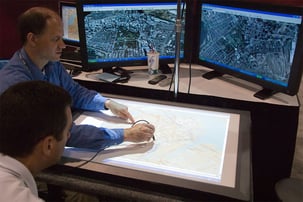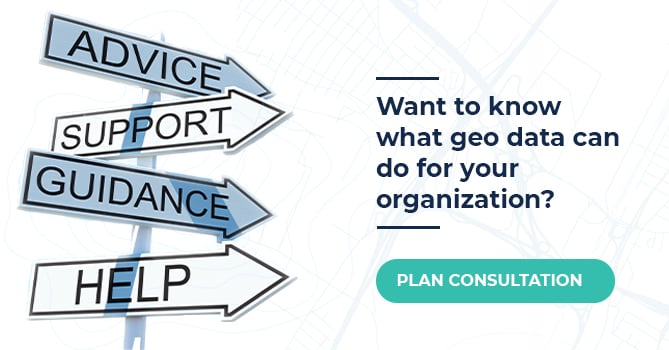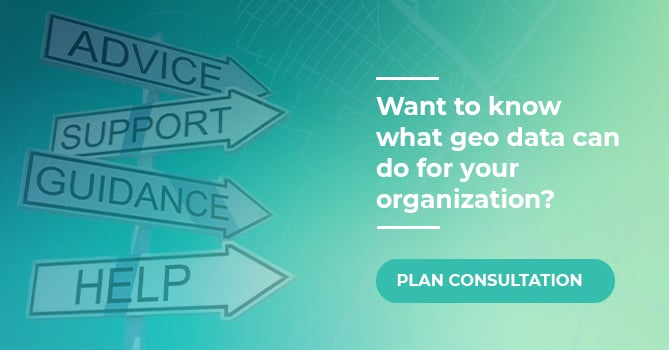The value of a geographic information system

Anouk Snoeren
Customer Experience SpecialistWhen I started at Tensing, I had no idea that geographic information is all around us. It makes our lives and the lives of organizations a lot easier.
In this article, I want to share what I have learned over the past year about the importance of geo data and geographic information systems (GIS). Because for people who are not active in the field of GIS, it's sometimes hard to get a good idea of what GIS is all about. Hopefully, after reading this article, you'll have a better idea of what a geographic information system can do for your organization.
A GIS is the platform that you use to combine  your geographic data with other data. It delivers useful information in the form of visualized maps based on (geo) data. This information is supported throughout the organization. It ensures better collaboration, clear insights for specific decision-making, cost savings and streamlining of processes.
your geographic data with other data. It delivers useful information in the form of visualized maps based on (geo) data. This information is supported throughout the organization. It ensures better collaboration, clear insights for specific decision-making, cost savings and streamlining of processes.
At Tensing, we want to make GIS accessible and applicable to organizations and their end users. However, the implementation and configuration of GIS requires specialized knowledge. And that is exactly what Tensing offers, knowledge and capacity to help organizations on their way with geographic data.
Wondering how we can help you make the best use of your geodata through GIS? Schedule a consulation with one of our specialists.
THE ROLE OF GIS
In today's technological world, it is important for an organization to have control over their data. With a Geographic Information System you can manage, combine, analyze, visualize and share data with others. The common thread here is the location component, data that refers to information with objects or elements in a geographical space. Location components make it possible to visualize the data on a map. This makes complex data more understandable for everyone, allowing for faster recognition of patterns, relationships or situations.
The first thing I thought of when I heard the word GIS was: finding a location. After all, this is the most recognizable functionality in everyday life. But GIS is used more broadly, here are some practical examples:
- Identifying changes. For example, the volcano on La Palma before and after eruption;
- Recognizing trends and patterns. For example, predicting future forms of flooding in an urban area by linking previous reports and weather patterns to geodata;
- Responding to situations. For example, using real-time data to see how a forest fire is developing so that an appropriate response can be made;
- Analyzing data. For example, insurance companies analyzing the risk of fire in certain streets based on locations of homes and businesses;
- Visualizing data. For example, showing which pipes are under which streets.
What can Tensing do for your organization?
Our team consists of experts in the field of geographical data. We help organizations to fully exploit the potential of (geographic) data. For every geodata-related need, we have the right people. Tensing provides the connection between organization and GIS.
Wondering how we can help you make the best use of your geodata through GIS? Schedule a consulation with one of our specialists.



.png)

